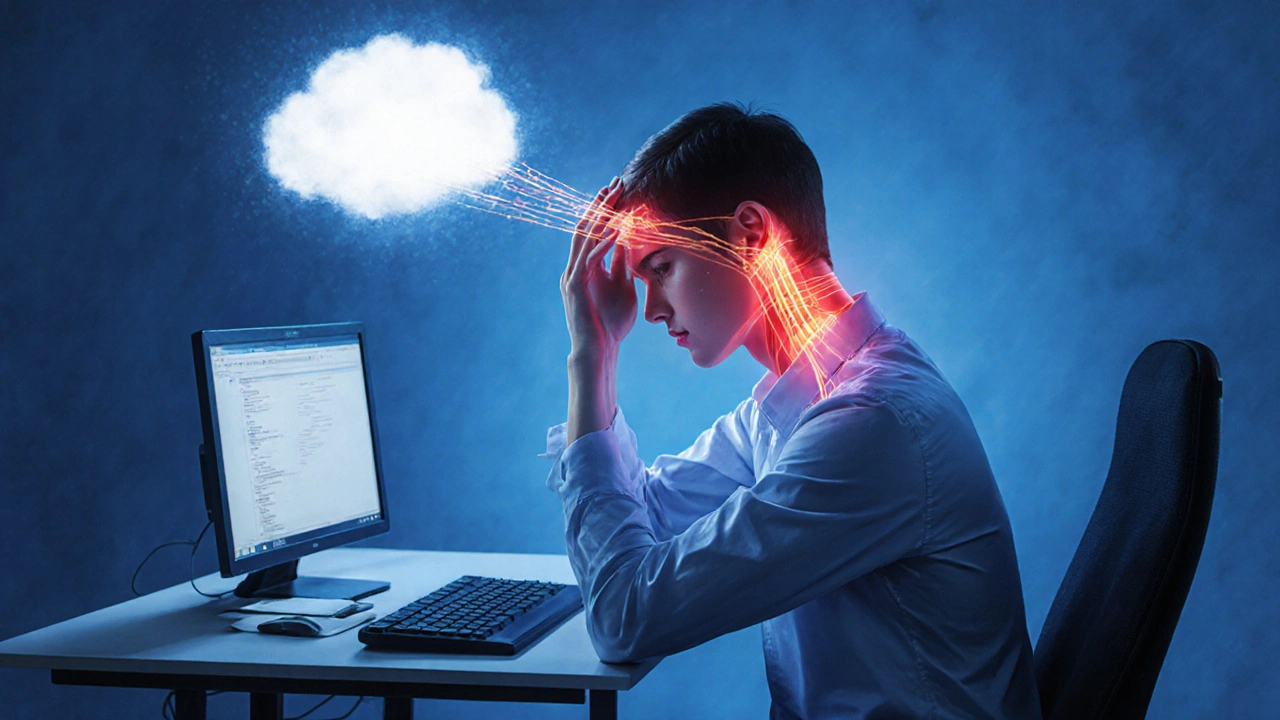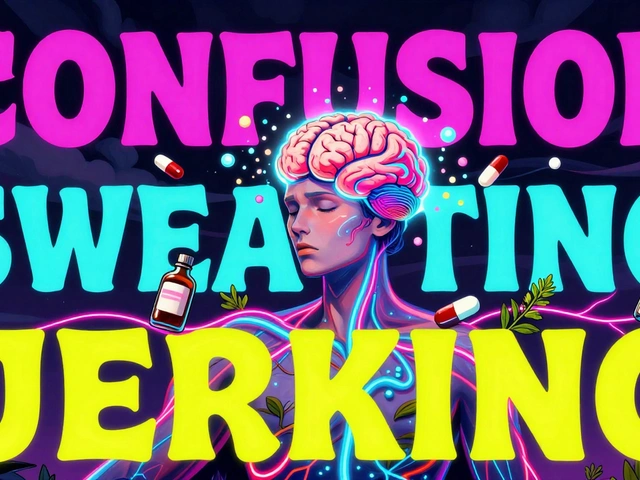Migraine Triggers – What Sets Off Those Headaches?
When tackling Migraine Triggers, specific factors that provoke migraine attacks in susceptible individuals. Also known as migraine causes, it covers everything from foods to hormones that can set off a pain wave. migraine triggers are not random; they follow patterns that you can spot with a bit of attention. Knowing the pattern lets you cut the cycle before it starts. Below we break down the most frequent culprits, how they interact, and what you can do today to lower your risk.
Key Factors to Watch
Stress, physical or emotional pressure that releases cortisol and can tighten blood vessels tops the list for many migraine sufferers. When stress spikes, the brain’s pain pathways become hypersensitive, a classic stress‑induced migraine. Even low‑grade tension, like looming deadlines or a noisy commute, can tip the balance. Hormonal swings—especially estrogen drops during menstrual cycles—act like a double‑tap, amplifying stress effects. Caffeine and alcohol add fuel: a cup of coffee can be a wake‑up boost, but too much narrows blood vessels, while alcohol dehydrates and triggers inflammatory responses. The good news? Simple stress‑management tools—deep breathing, short walks, or a five‑minute mindfulness break—can blunt the cortisol surge and keep the migraine trigger chain from igniting.
Diet, the collection of foods and drinks you consume that can contain migraine‑provoking chemicals is another heavyweight. Aged cheeses, cured meats, and fermented sauces pack tyramine, a natural monoamine that widens brain blood vessels and can spark pain. MSG, aspartame, and other food additives act as hidden culprits; they interfere with neurotransmitter balance and may provoke attacks within hours. Dehydration is a silent trigger—just a modest drop in body water can reduce blood volume, making the brain more vulnerable to pain. Weather changes, especially sudden drops in barometric pressure, affect the same blood‑vessel dynamics, turning a rainy day into a migraine‑friendly environment. Keeping a simple food diary, drinking at least eight glasses of water daily, and limiting known trigger foods can dramatically lower attack frequency.
Sleep, the quantity and quality of rest your body gets each night is often overlooked but is crucial. Sleep deprivation lowers the brain’s pain threshold; even a single night of less than six hours can set off a migraine by the next evening. Irregular sleep patterns—weekend catch‑up, night‑shifts, or delayed bedtime due to screens—disrupt the circadian rhythm, which in turn affects hormone release and vascular tone. On the flip side, oversleeping can trigger a migraine by altering serotonin levels. A consistent bedtime routine, a cool dark room, and limiting blue‑light exposure two hours before sleep are low‑effort habits that help keep sleep‑related triggers at bay. Lastly, medication overuse headache—taking painkillers too often—creates a feedback loop where the body becomes dependent on the drug, and withdrawal fuels the next migraine. Knowing when to pause and consult a doctor is key.
All these pieces—stress, diet, sleep, hormonal shifts, dehydration, and even the weather—interlock to form the web of migraine triggers. By tracking how each factor shows up in your life, you can start to untangle that web and take control. Below you’ll find a curated collection of articles that dive deeper into each trigger, offer detailed management tips, and explain the science behind why they matter. Use them as a toolbox to build your personal migraine‑prevention plan.
How Spasms Trigger Migraines: What You Need to Know
Explore how muscle spasms can trigger migraines, the science behind the link, and practical steps to break the cycle for lasting relief.





